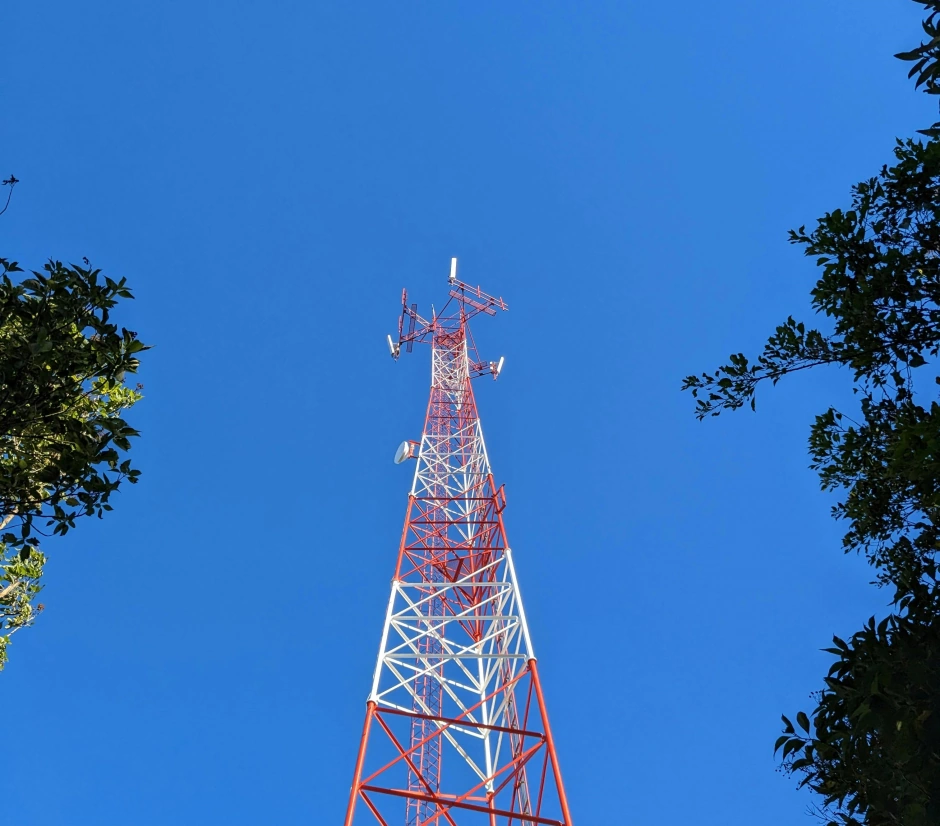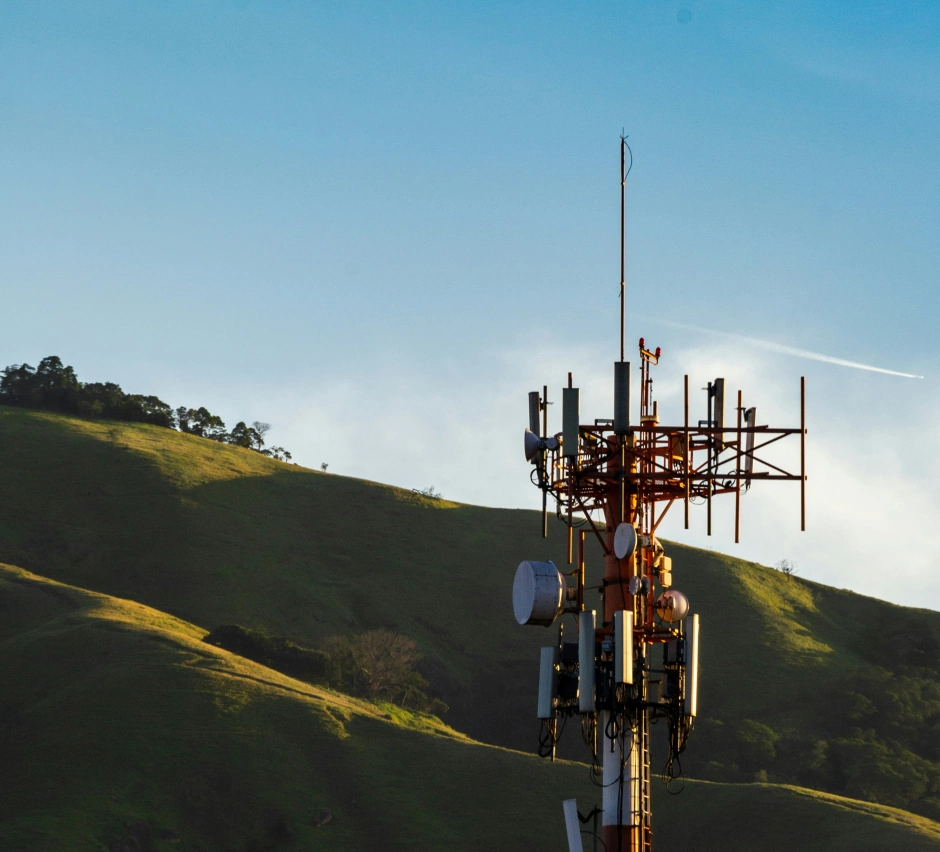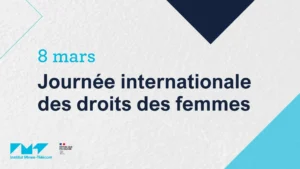This I’MTech publication includes a series of articles that shed light on technical challenges, and also address the issues of optimization and sufficiency involved in the transition from 5G to 6G. A glimpse into the future of telecommunications, with the explosion of IoT, the emergence of the metaverse and the pressing need for energy efficiency.
Strengthening IoT networks of the future

The goal of the FITNESS project is to develop networks capable of adapting to the requirements of Massive IoT, Industrial IoT and connected modes of transport. The project called upon the expertise of several IMT technological universities to address the challenges of increased density of connected objects, more robust applications, energy management and various protocols, and to optimize the performance of networks in real time.
The industry of the future enters the metaverse
The metaverse is no longer limited to online video games and social interactions, it is now a key technology for industry. With the 5GMetaverse project, five IMT technological universities are looking to adapt the networks of the future to the needs of augmented and virtual reality. The main goal of the project is to develop concrete solutions to optimize industrial processes, remote assistance and human-machine collaboration.

Slicing : a MUST for multisectoral communication

In emergency situations such as a major car crash, proper coordination between the emergency, medical and transport services is vital. Yet these different operators often use compartmentalized communication services which hinder their performance. The NF-MUST project aims to create a dynamic, shared and flexible network architecture to enable seamless communication. It relies on slicing techniques and virtualized networks to meet the demands of different sectors.
No more, no less: energy-efficient networks for 5G
Faced with the expansion of 5G and the challenges of 6G, energy sufficiency and exposure to electromagnetic fields are becoming major issues for the networks of tomorrow. Between optimizing infrastructures, mobile sensors and prediction models, scientists are striving to reconcile performance, lower consumption and quality of service. Just Enough Network, a project co-led by Télécom Paris, is therefore trying to build networks that are ‘just enough’ to meet our needs, without surplus or wastage.

5G & 6G: antennas that shape networks

In a context of constantly growing needs for data transmission, 5G and 6G networks must comply with increasingly strict technical obligations in terms of flexibility, miniaturization, energy optimization and so on. Solutions explored by researchers include optimal management of radiation patterns and the development of concrete applications for millimeter frequencies. Two projects, YACARI and PIIEC ME/CT, are tackling the technical obstacles to these approaches by combining various antenna technologies.
PERSEUS makes a breakthrough for cell-free networks
Despite all the promises of 5G, current networks are struggling to ensure seamless connectivity in dense or complex environments. To address this problem, the PERSEUS project is developing solutions for cell-free networks in which distributed antennas work together to provide a more fluid service. Based on technologies such as distributed MIMO and new-generation waveforms, the IMT Atlantique research teams involved in the project are attempting to solve the technical challenges posed by this new approach.

5G connecting constellations

A space-based solution to connect remote regions is soon to become reality. But using low-orbiting satellites as telecommunications relay stations means certain functionalities of current terrestrial solutions have to be reinvented. Their constant movement is the reason. For the BPI 5G NTN mmWave project, Télécom Paris scientists are tackling this technical challenge, by developing new algorithms and performance models in order to assess the limitations of the system and then optimize it.
A publication from I’MTech, the website devoted to IMT scientific news.




